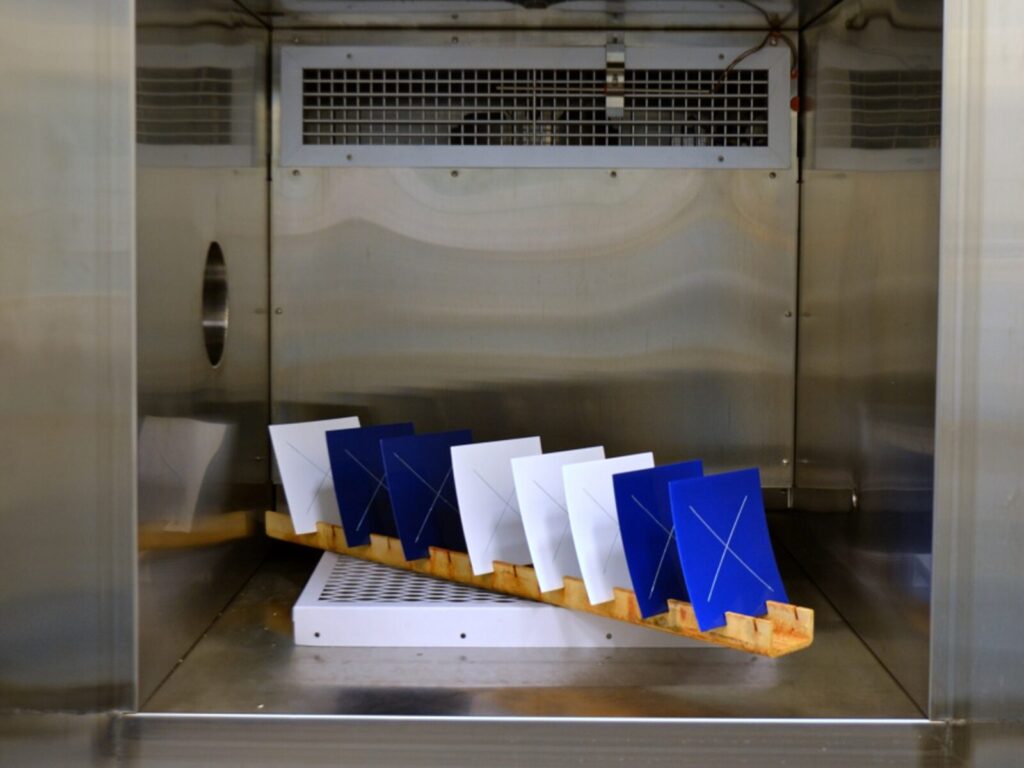ATS offers a variety of humidity testing services for materials, products, and coats. Condensing humidity testing simulates the damaging effects of outdoor moisture by applying a controlled atmosphere maintained at 100% relative humidity to allow condensation to form on test samples.
Benefits of Humidity Testing
Humidity can have a significant impact on performance of materials and coatings. Fortunately, its affect can be assessed with relatively simple standardized testing. With humidity testing, the data obtained may be utilized in developing and selection of paints, coatings, paints and materials. By adequately protecting against humidity, the product’s lifespan can be extended.
Humidity testing can be used for a wide variety of products, ranging from plated components to electrodeposited paints or coatings. Humidity tests may also be utilized to assess a materials’ corrosivity, or the possible negative impact of residual contaminants from the manufacturing process on the product when placed in a high humidity service environment.
Common Humidity Test Methods
ATS performs condensing humidity testing utilizing specialized humidity cabinets. Our environmental testing lab is ISO/IEC 17025:2017 (A2LA) Accredited to perform this method to ASTM D2247 and ASTM D4585.
These methods help determine the coating performance by exposing test panels or actual parts to an atmosphere maintained at 100% relative humidity so condensation forms on the samples. Many of our customers perform this test to determine if water permeates the coating and causes one of the following:
- Color change
- Blistering
- Loss of adhesion
- Softening
- Embrittlement


